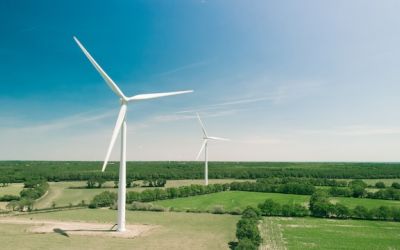Green bond market to grow by 30% in 2018
Fresh analysis from S&P released this week is predicting the market for green bonds to increase to $200 billion, a 30 percent increase over the past year.

Fresh analysis from S&P released this week is predicting the market for green bonds to increase to $200 billion, a 30 percent increase over the past year.
In 2013, the market for these green financial products was only $13 billion, highlighting how quickly the market is responding to the need to make the transition to sustainable technologies.
“The green bond market has grown by 80% a year over the past five years, demonstrating rapid development of new green markets, combined with the continuous and global political push to address climate change”, writes S&P’s Credit Analyst Noemie De La Gorce
The report highlights how in 2017 the market and make-up of financial products on offer has grown in sophistication and geographical reach.
Europe remains the strongest market for green finance, but the report states that the US is rapidly catching up having doubled its own share over the past year. The growth in the US market has primarily been driven by states, municipalities and corporates, rather than on the federal level.
Emerging markets such as China, India and Mexico are also important locations for green bonds, these three countries alone accounted for 20 percent of the green bond issuances in 2017.
In addition, the private sector is now a leading contributor to green financing, making up two-thirds of the green bond market. They have largely replaced development banks which have taken a back seat to the surge in private entities responding to the new regulatory environment. S&P concluded that political pressure to monitor climate risks and respond to the need to build a low-carbon economy has motivated the private sector to take green financing seriously.
These funds are also largely going into renewable technologies, such as wind and solar power, but emerging battery storage technologies could also play an increasing role as costs decline.
“Low-carbon technologies in the energy, transport, and buildings sectors are likely to remain the main beneficiaries of green investments, reflecting the importance of emissions reductions in these sectors in the fight against climate change”, commented De La Gorce.
Image Credit: Didier Weemaels






